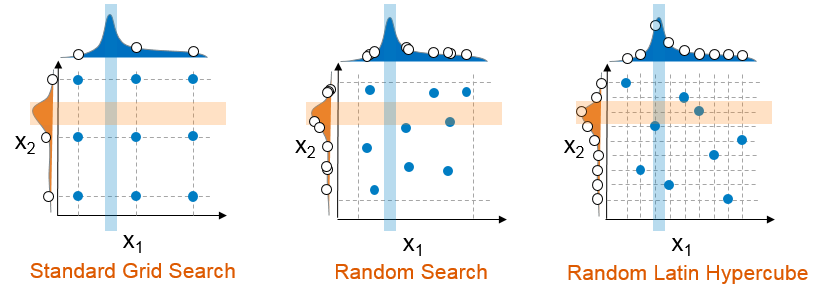
Through hyperparameter autotuning, you can maximize a model's performance without maximizing effort. While SAS searches the hyperparameter space in the background, you are free to pursue other work.

Through hyperparameter autotuning, you can maximize a model's performance without maximizing effort. While SAS searches the hyperparameter space in the background, you are free to pursue other work.
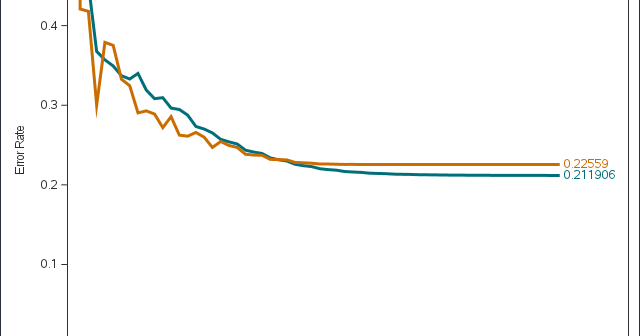
Deep learning is an area of machine learning that has become ubiquitous with artificial intelligence. The complex, brain-like structure of deep learning models is used to find intricate patterns in large volumes of data. These models have heavily improved the performance of general supervised models, time series, speech recognition, object
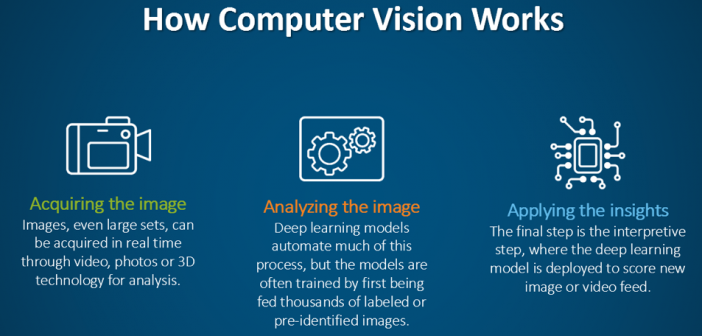
Computer vision can augment radiologists and make the image interpretation process cheaper, faster and more accurate. The ultimate goal is to achieve a better patient outcome facilitated by the use of computer vision.

Neural networks, particularly convolutional neural networks, have become more and more popular in the field of computer vision. What are convolutional neural networks and what are they used for?
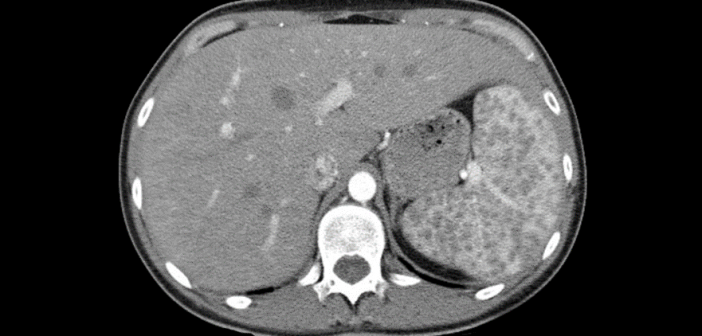
This is the fifth and final post in my series of posts about the deep learning model I developed to detect tumors in 3D CT scans of livers. My last post talked about visualizing the results of the computer vision project. This post will cover model accuracy and the final
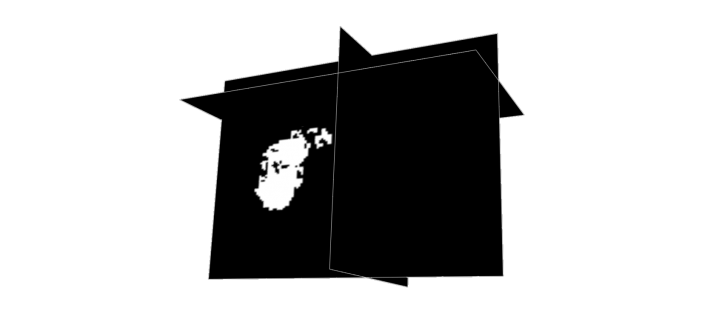
This is the fourth post in my series about a computer vision project I worked on to identify liver tumors in CT scans. In my previous post, I had taken a break from my deep learning model to work on data management and data labeling. Now, I’ll return to the

This is the third post describing a computer vision project I worked on at SAS to identify liver tumors in CT scans. In my previous post I talked about testing different models and hyperparameters for the models. Today, I’ll talk about data processing for image data. If you need to
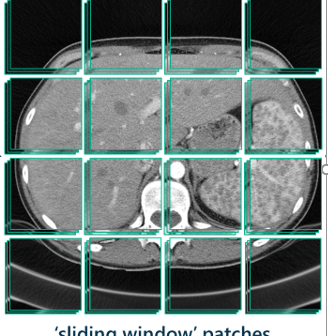
Recently, I was given an amazing opportunity to work on a project in biomedical image analytics in collaboration with a large university medical center. The goal of the project was to develop a computer vision system that identifies tumors in CT scans of livers. I have always loved applying technology
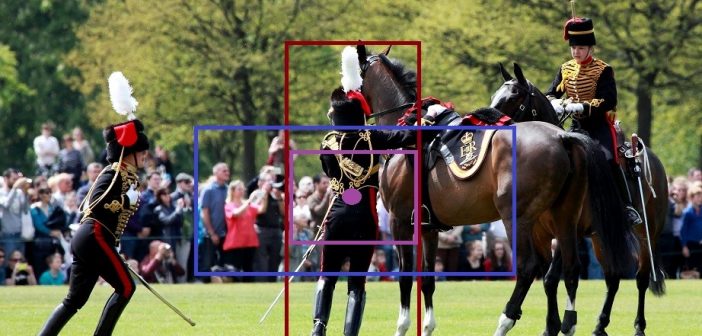
What is object detection? Object detection, a subset of computer vision, is an automated method for locating interesting objects in an image with respect to the background. For example, Figure 1 shows two images with objects in the foreground. There is a bird in the left image, while there is a dog
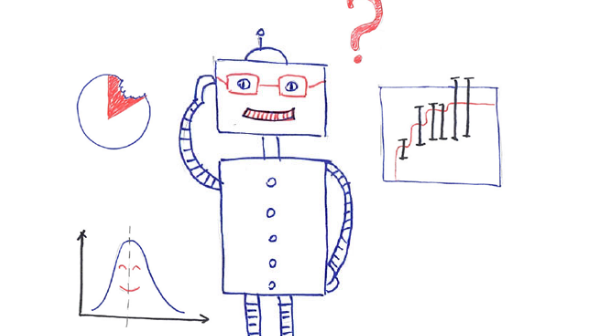
We have updated our software for improved interpretability since this post was written. For the latest on this topic, read our new series on model-agnostic interpretability. While some machine learning models – like decision trees – are transparent, the majority of models used today – like deep neural networks, random forests, gradient boosting